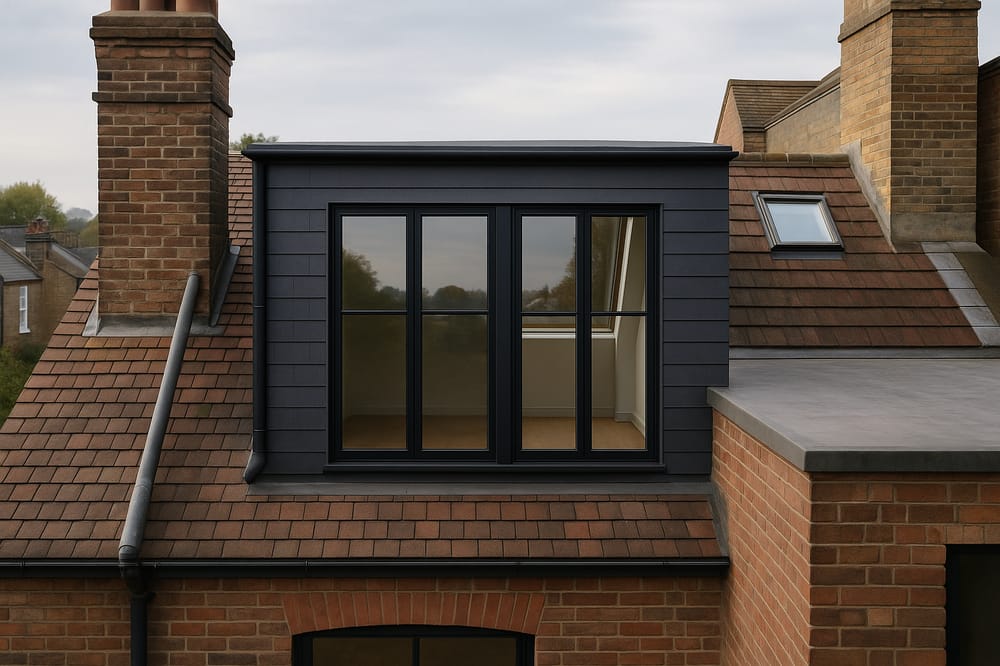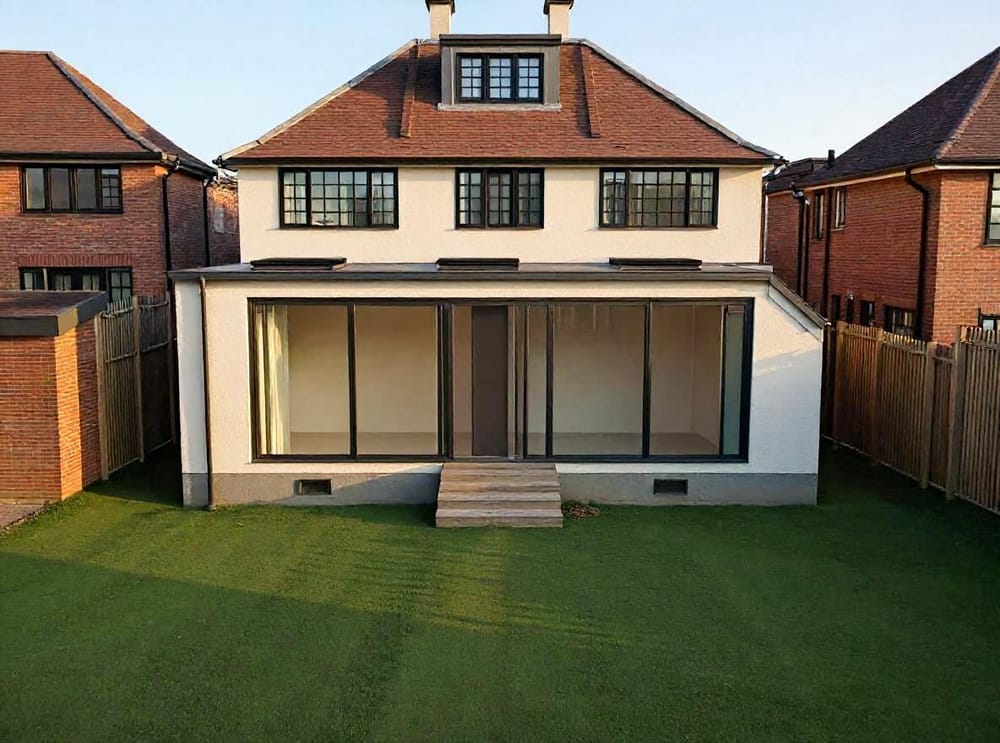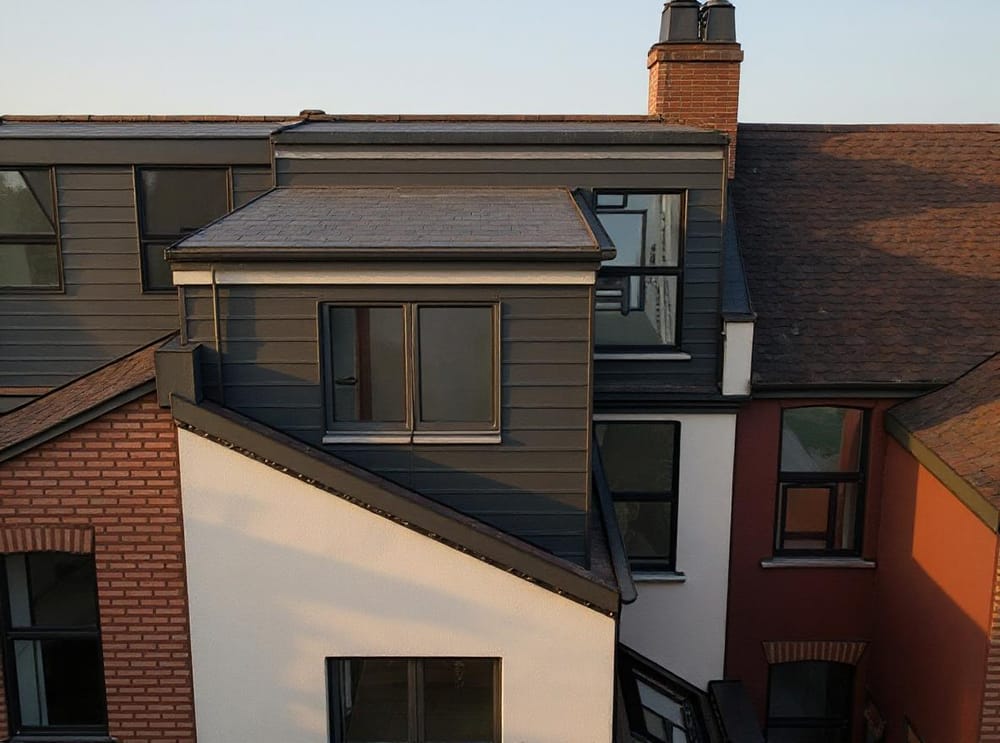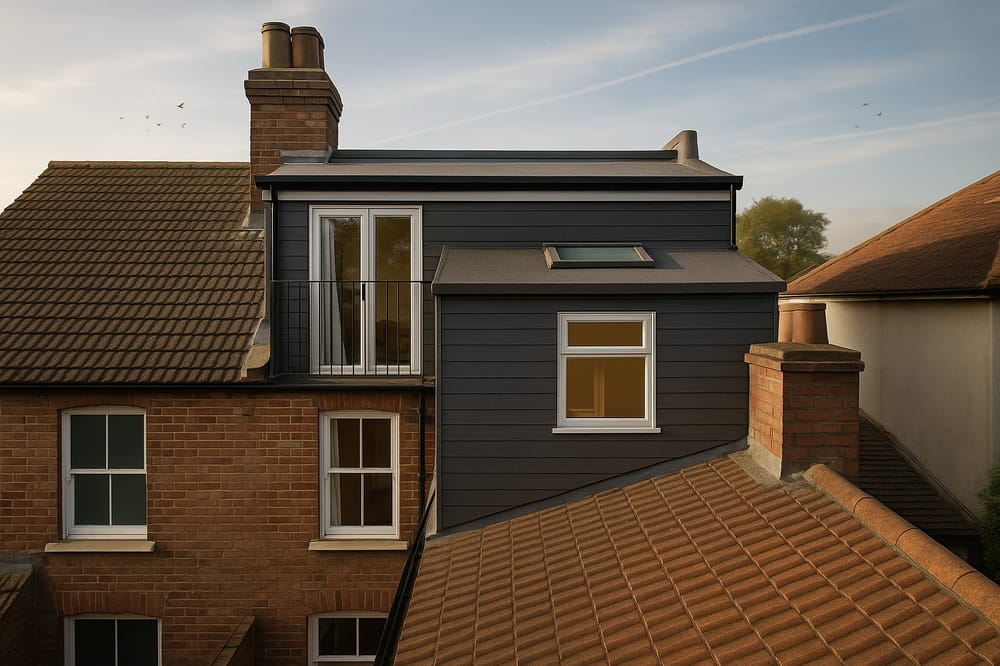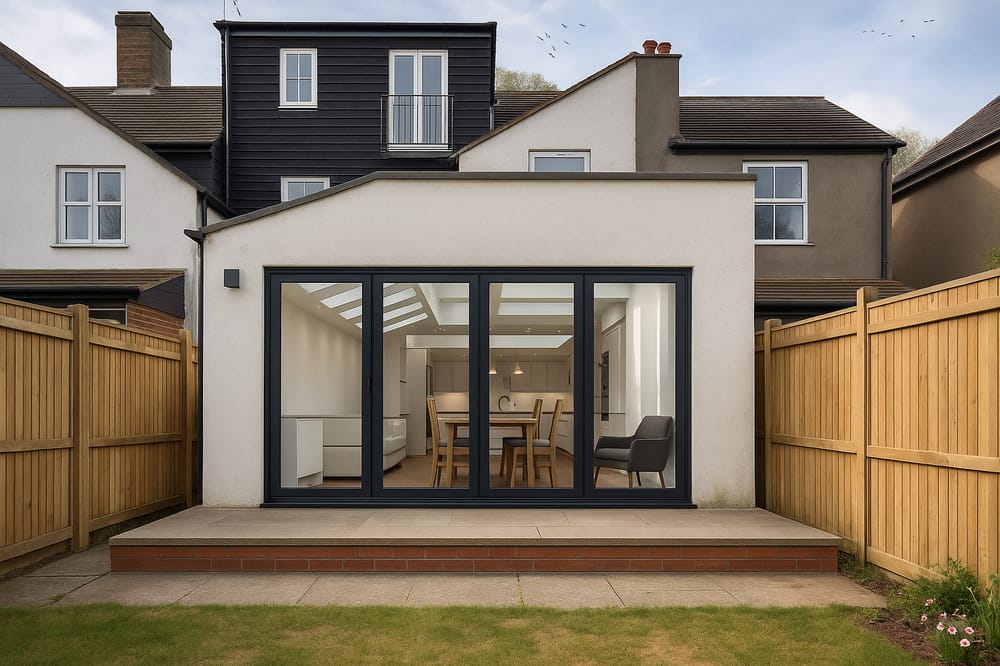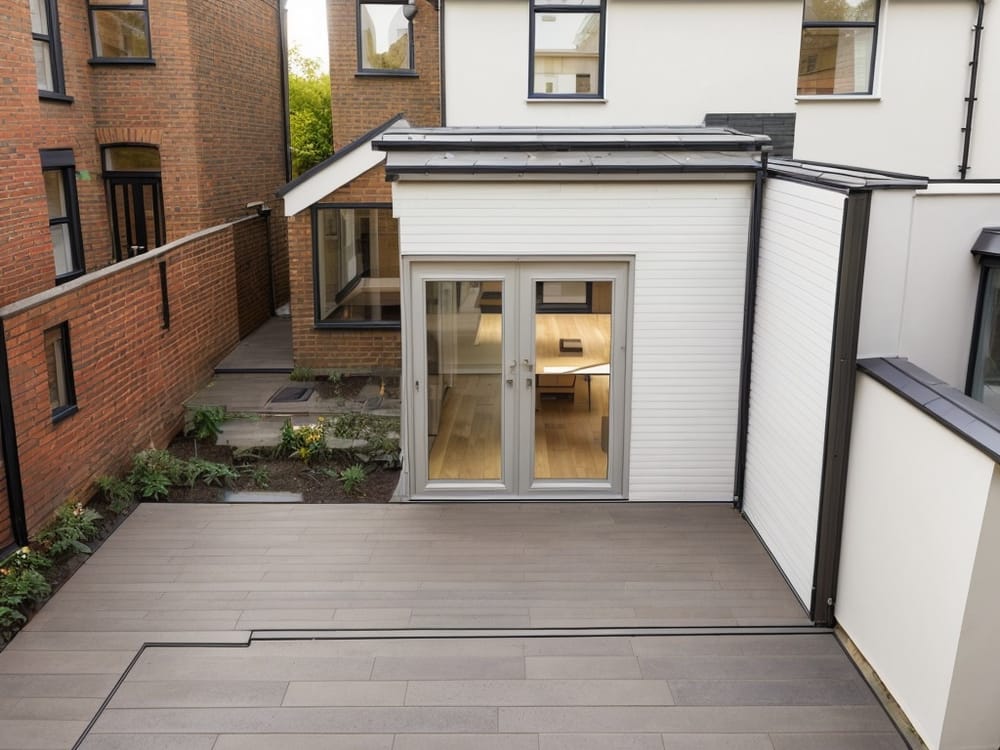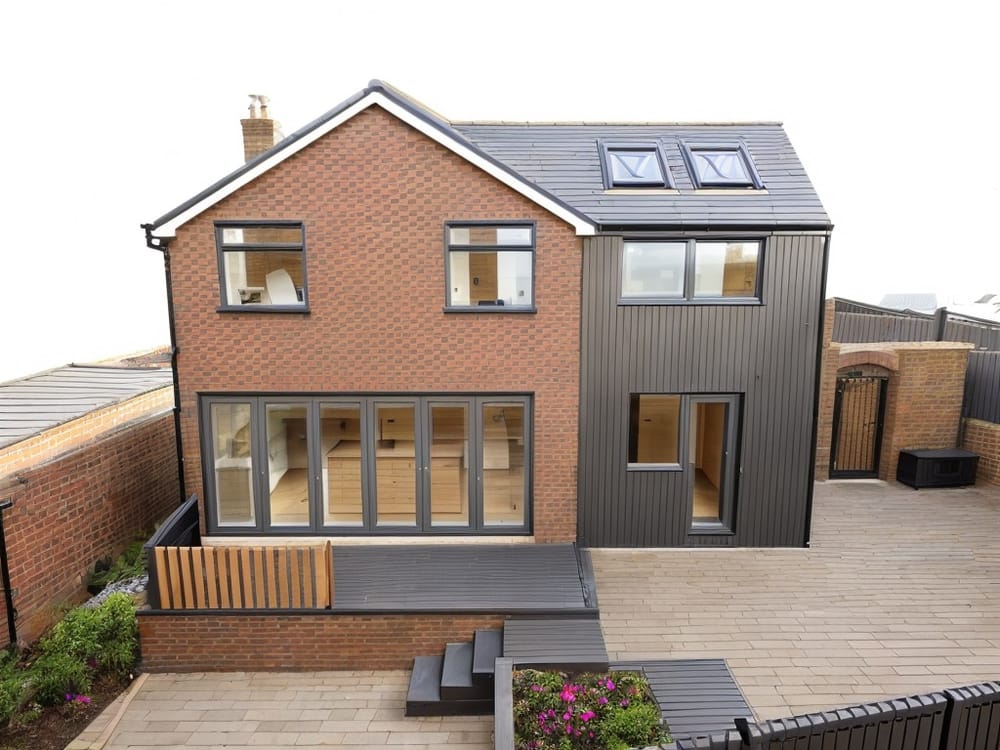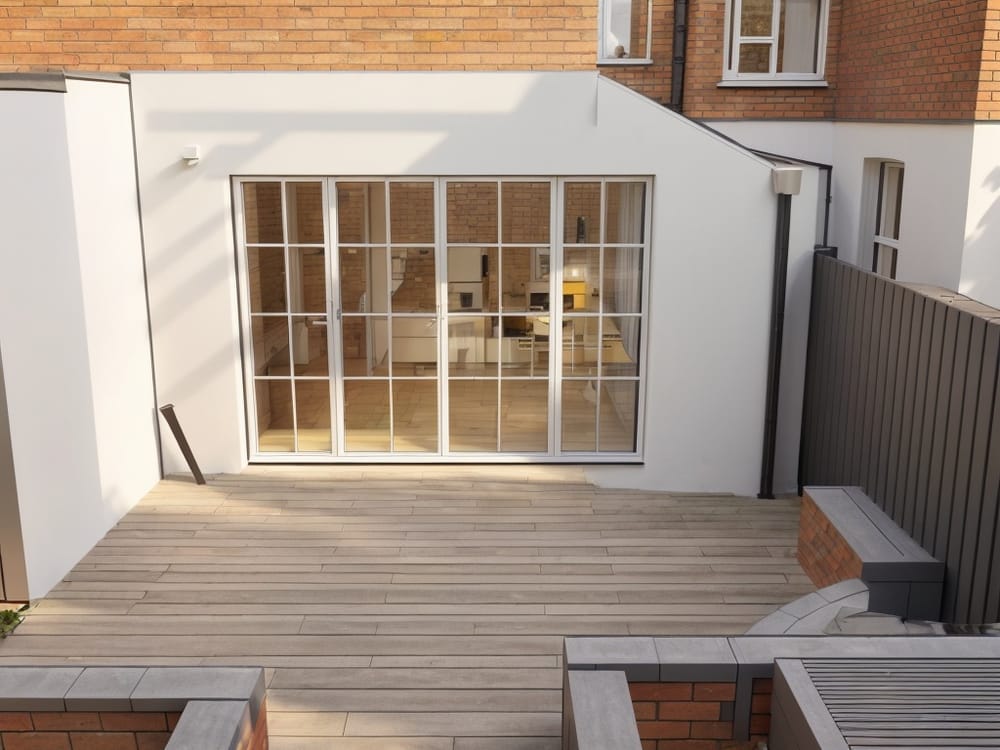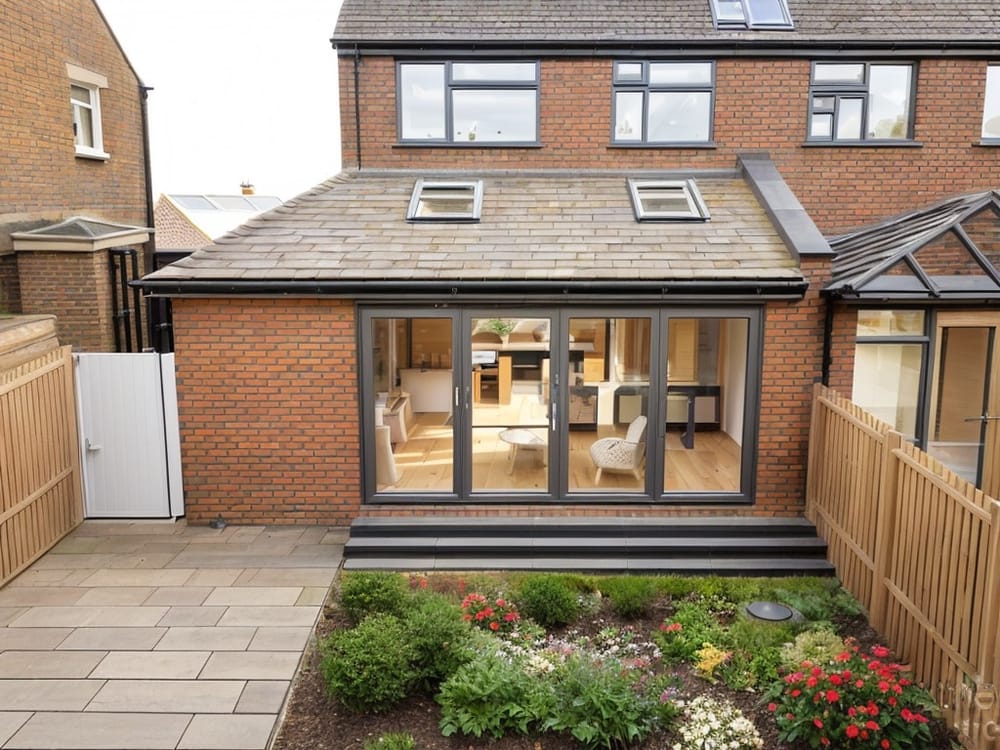If you are thinking about remortgaging, it is always a good idea to get your house valued first. A remortgage valuation gives you an indication of your home’s current market value, and this up-to-date valuation will mean that your new mortgage will reflect what your home is worth and secure you the right deal for your situation.
For tailored remortgaging advice, Resi Finance is at hand with over 400 lenders by their side. Explore our service or keep reading to learn what to expect during the house valuation process.
How will your house be valued for a remortgage?
Normally the lender will instruct a surveyor to value your home. There are a couple of different ways that they might value your property:
Desktop valuation is a computer-automated valuation done using recent comparable sales, property data and property listings. It is what it says on the tin: the valuation of the property can be estimated from a desk, without needing a physical visit to the property.
Drive-by valuation is where the surveyor will value the
property from the outside of the house. The surveyor will usually do a basic inspection of the outside of the house, looking for major problems on the roof or walls, which could affect the value of the property.
Mortgage valuation vs house survey
A mortgage valuation is not the same as a house survey. Typically, when your house is being valued, it is a brief visit for the benefit of the lender and doesn’t involve actually going into the property and therefore is not an accurate report of the condition of the house. You might not even see a copy of the valuation report, as it will tend to go straight to the lender.
A home buyer’s report or a full structural survey is a much more detailed report. The surveyor will look at every aspect of the house, inside and outside, to access the condition of the property and highlight potential defects with it.
One thing to think about is that a structural survey normally doesn’t include a mortgage valuation. Some home buyer reports do, but it is best to check with your lender what they would prefer so that you don’t end up paying twice!
What a lender might need from you
There are a few different things that a lender will want to see before processing your remortgage application if you live in a new build or a block of flats:
Structural Defects Warranty: if you have recently converted/refurbished your home, or live in a new build, you will normally have a structural defects warranty. Also known as latent defect insurance, it protects against defects and the potential cost of rebuilding and rectifying any defects that arise.
External Wall System Form: if you live in a block of flats (a building over 18m tall), you might need to present your lender with the external wall system form (EMS1). The form was created to ensure residential buildings over 18m tall could be assessed for safety. However, not every building will need an EWS1, so it is best to check with your lender.
What happens after valuation?
After a valuation, the surveyor will contact the lender directly and give them their opinion. If they agree with the remortgage price, then the lender is likely to process the new mortgage.
However, if the surveyor decides that the property is less than the agreed proposed remortgage, you might get a ‘down valuation’. This could lead to your bank giving you a revised mortgage offer and could put your plans on hold.

Significant home improvements, like kitchen extensions and renovations, can help your home avoid being down-valued.
Down valuations are more common than you might think - one in five homes in the UK are being down-valued by lenders (Emoov, 2018).
They tend to happen when house prices are out of sync with the current market trend. This can happen when house prices are falling faster than they are in other areas, meaning there is a gap between what estate agents believe a property to be worth, rather than a surveyor’s opinion.
You may be able to challenge the lender's valuation if you have robust enough evidence the property is worth the amount you said it was. However, the lender has to accept the challenge on the valuation in order for it to proceed.
If you don’t have the evidence, you could potentially accept the new loan offer and try to make up the shortfall through other means. This normally isn’t a viable option for most, so the alternative would be to try a different lender that uses a different surveyor, which could give a valuation closer to the original agreed price.
There are ways that you can avoid a down valuation:
Research the property’s value thoroughly using sites like Zoopla can help you see what the property’s price timeline has been, but also what it is most likely to be worth based on the property trends in the same area. You can also see what other houses have sold for around you to get a good estimate.
Get an expert opinion even though you are looking to remortgage, you could invite a few local estate agents to give their expert opinion. From these different valuations, you will be able to take the average as a good price to go off.
Check with your lender if you are staying with the same lender, they might have the property value on file.
Find the right mortgage provider by talking to a mortgage adviser, they will be able to help you find the right mortgage for you. They have access to lots of different mortgages from a wide range of lenders, so they can help you choose the one that suits your situation the best.
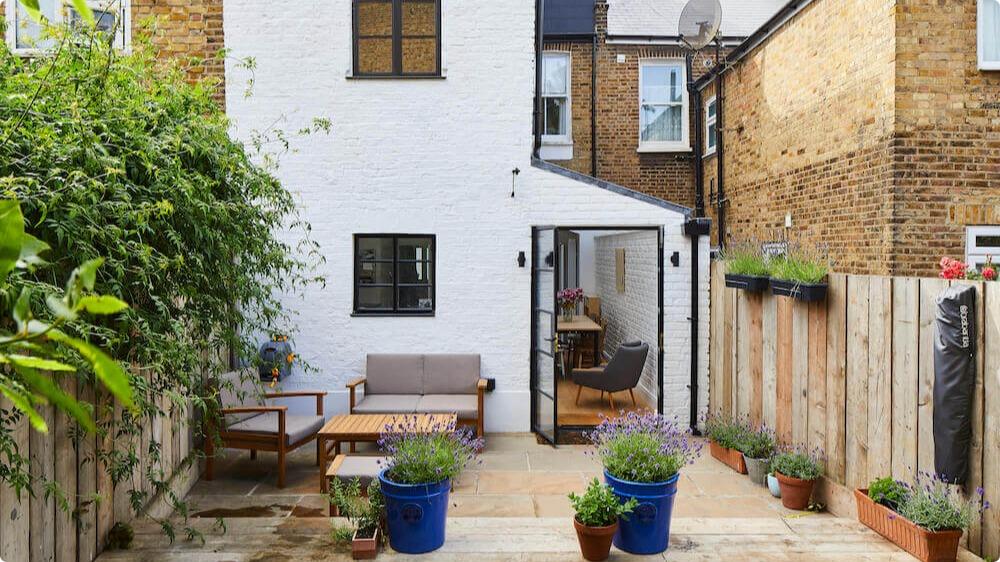
This home is a great example of an attractive exterior. Not only have they added on a side extension, they've maintained the outside paint and garden.
Remortgage house valuation tips
Use online resources to compare, there are many online websites that will be able to give you a good estimate of the value of your home. By doing your own desktop research, you will have a more informed idea about what you could remortgage for, reducing the risk of down-valuation.
Keep an eye on property prices! It is always good to know what the market is doing, whether house prices are rising or falling, and at what rate. Even though there will be local discrepancies, having basic knowledge will help you know what your property is worth.
Make home repairs; making those small repairs on your home could make all the difference when getting your home valued. Even if it is just replacing a few roof tiles or sorting out the guttering, it might make a difference to the surveyor’s report.
Enlist the help of a mortgage adviser, they will be able to help you get all the documentation together that you’ll need for your remortgage application and will also help you find out how much you can borrow (loan to value).
Here at Resi, our expert mortgage advisers are here to help you find the right mortgage for you. We have access to thousands of mortgage products from over 400 different lenders.
- Think carefully before securing other debts against your home. Your home may be repossessed if you do not keep up repayments on your mortgage.
- You may have to pay an early repayment charge to your existing lender if you remortgage.
- Your home may be repossessed if you do not keep up repayments on a mortgage or any other debt secured on it.
- There may be a fee for mortgage advice. The actual amount you pay will depend upon your circumstances. The fee is up to 1%, but a typical fee is £495.



